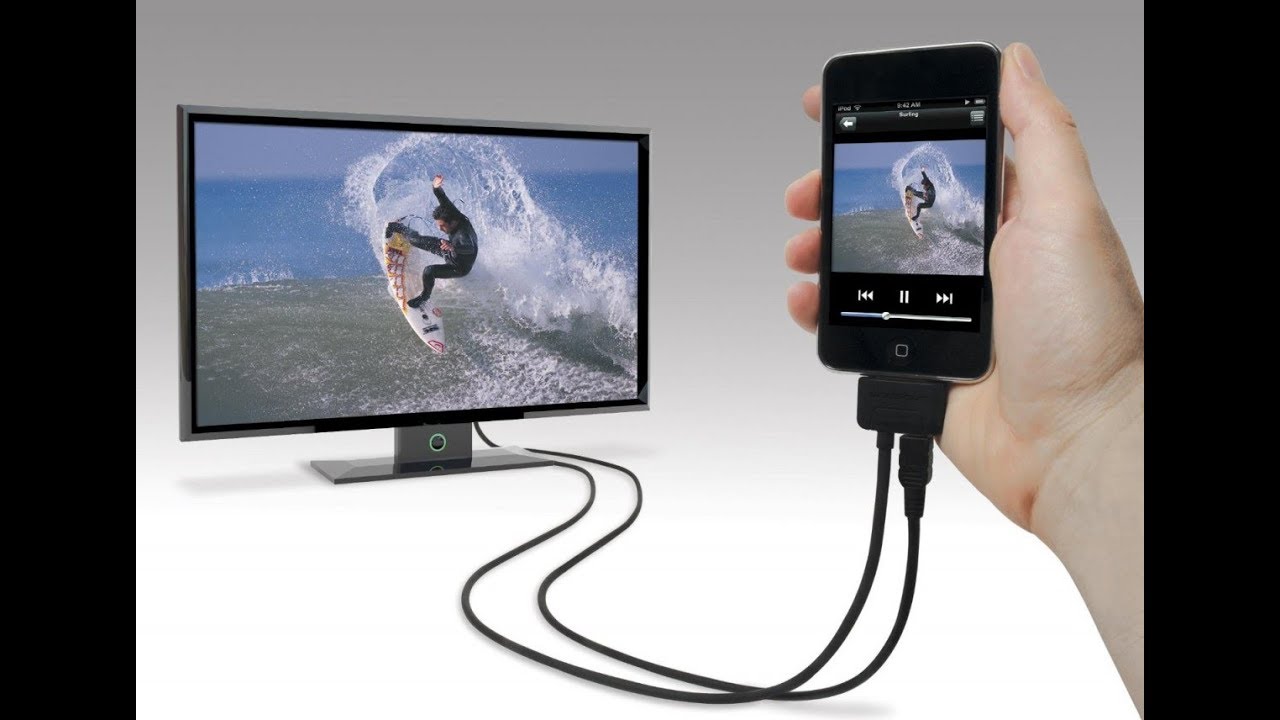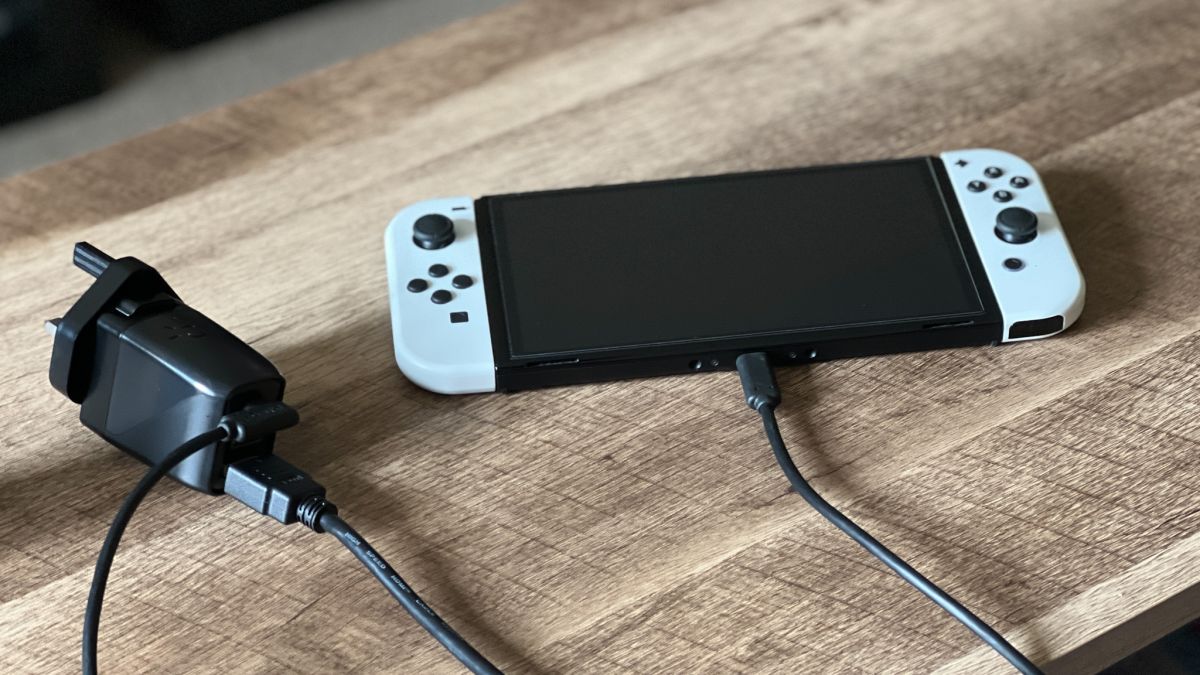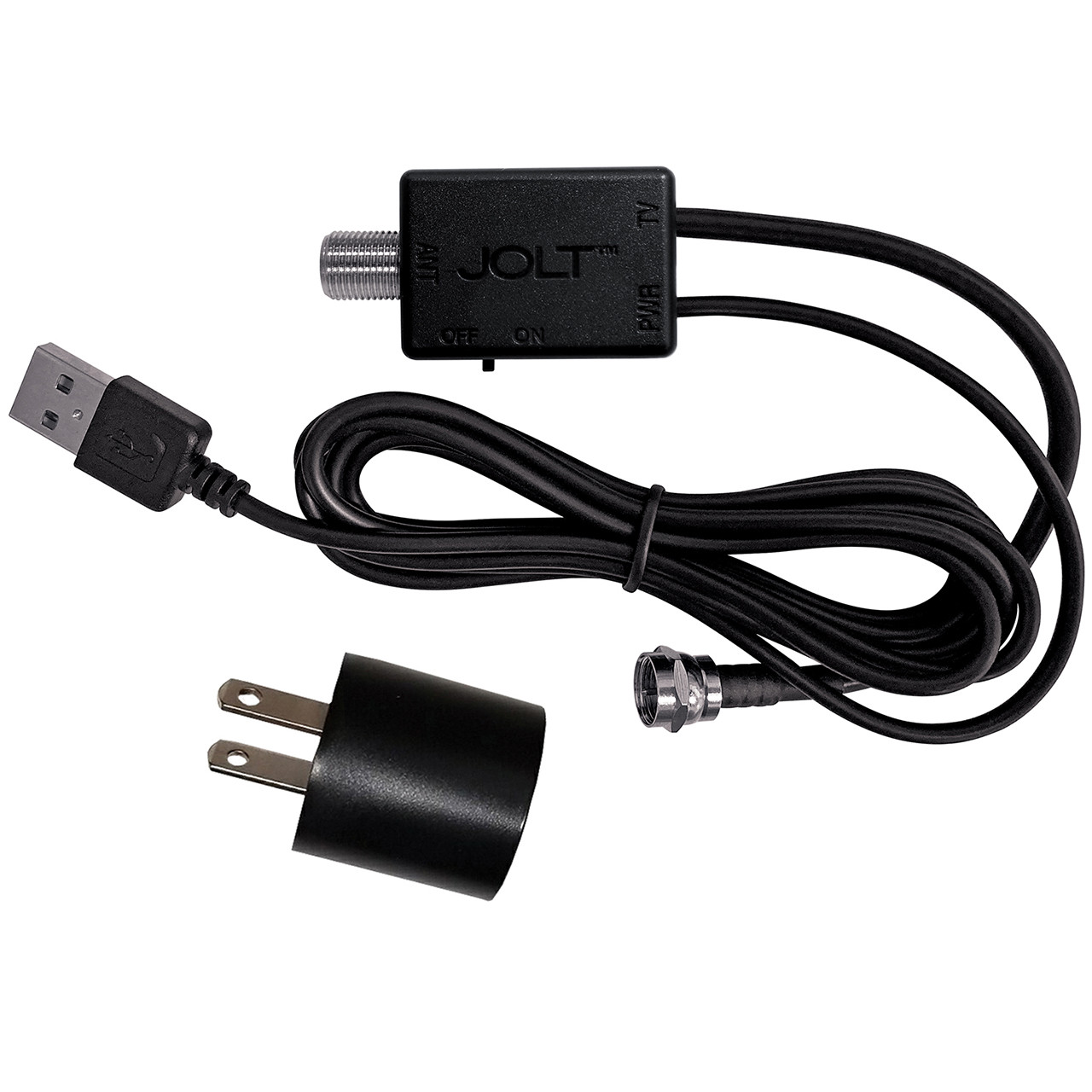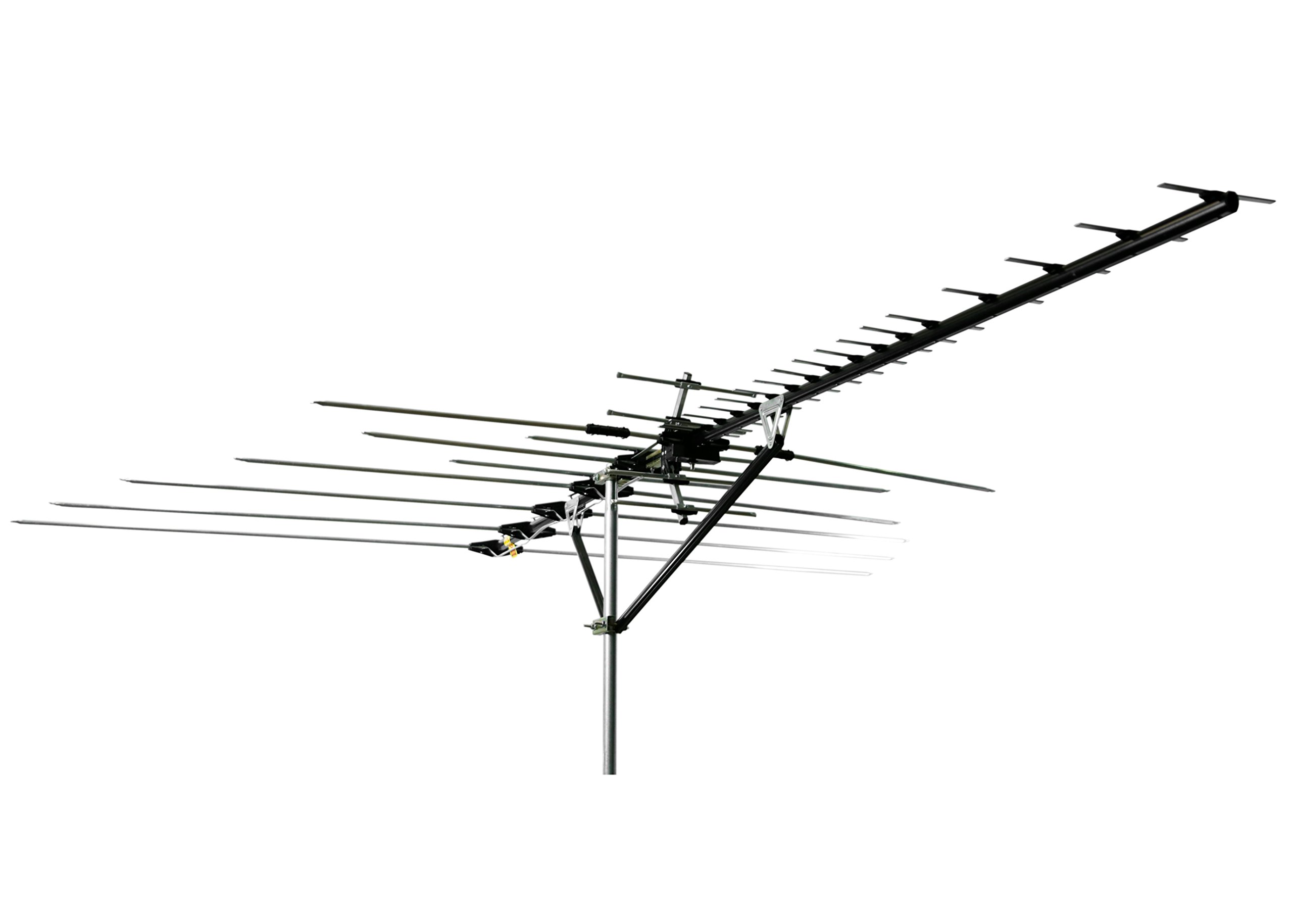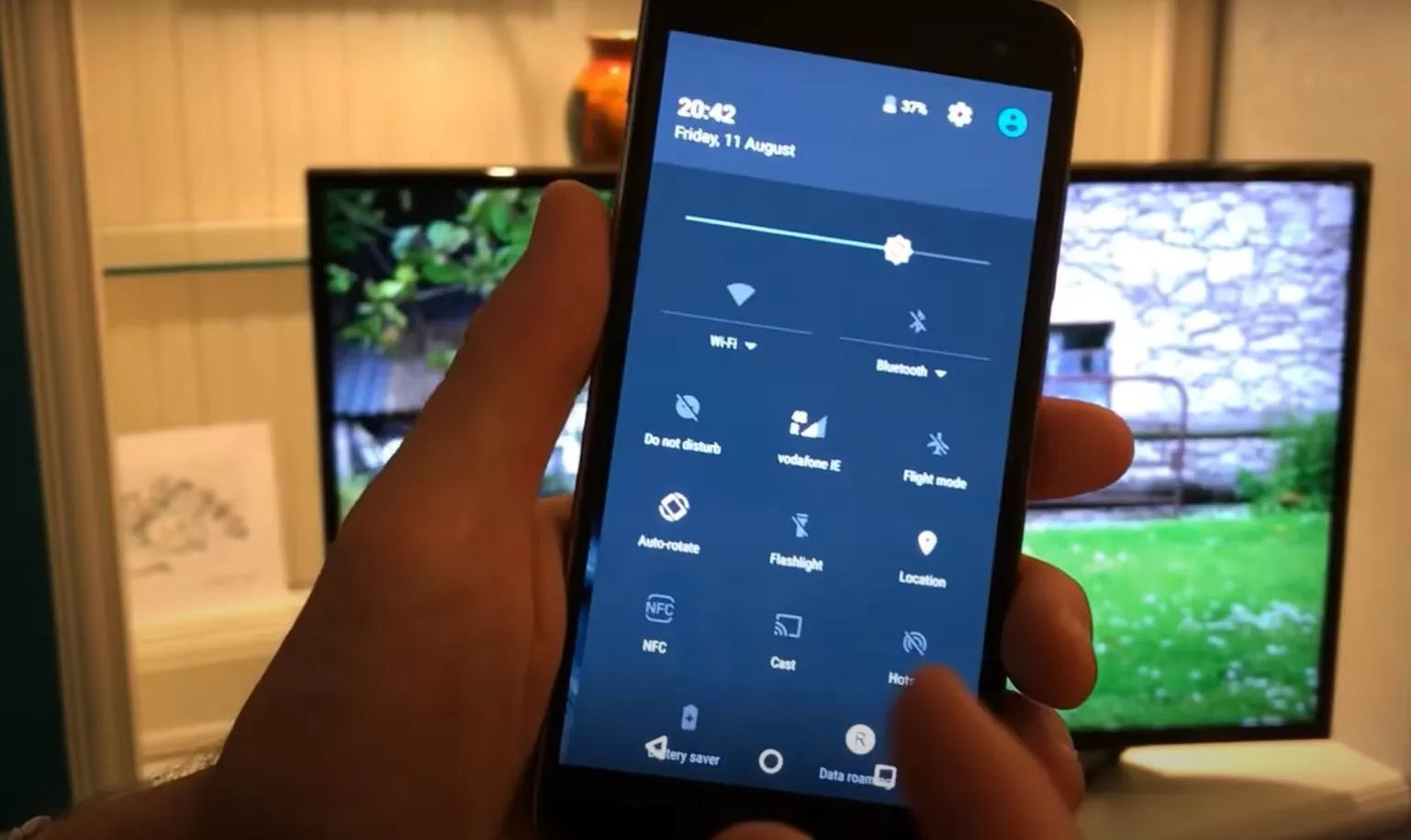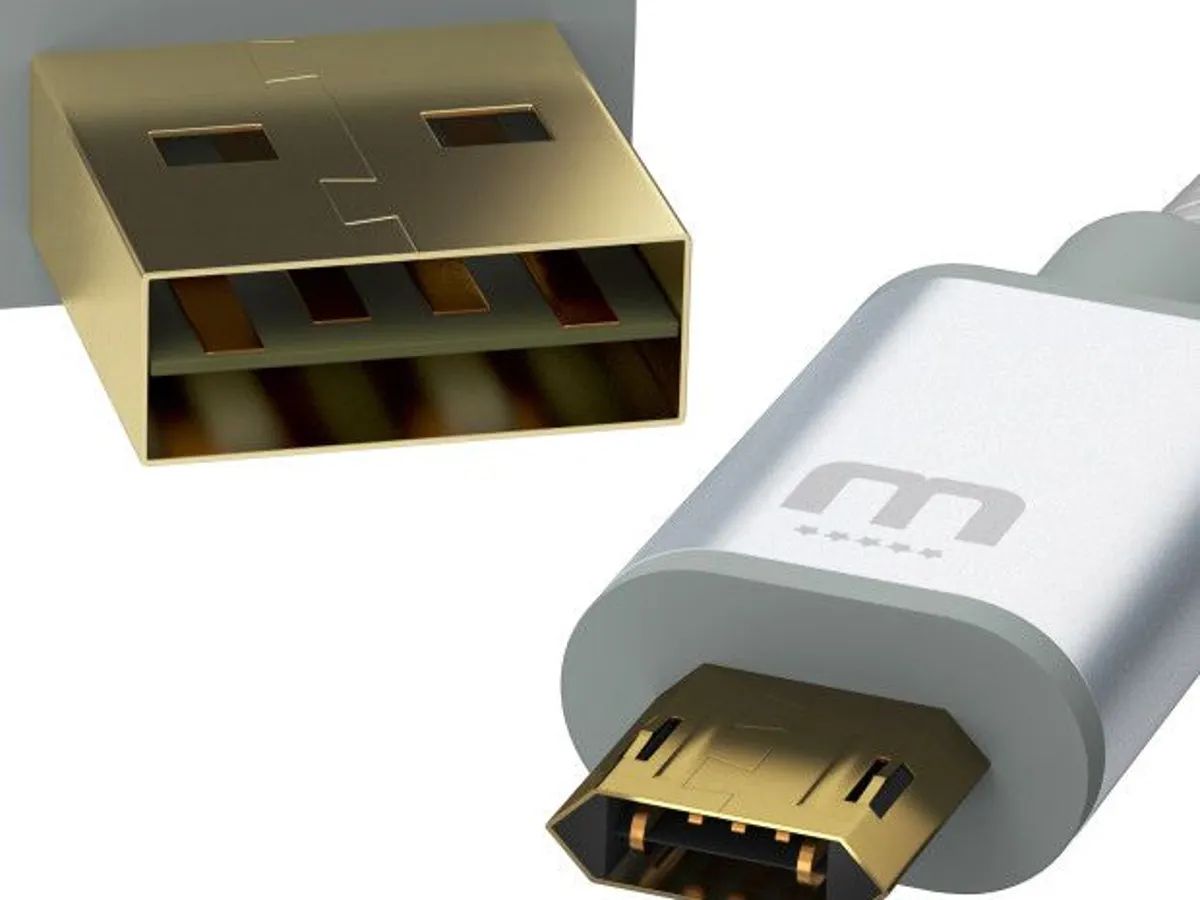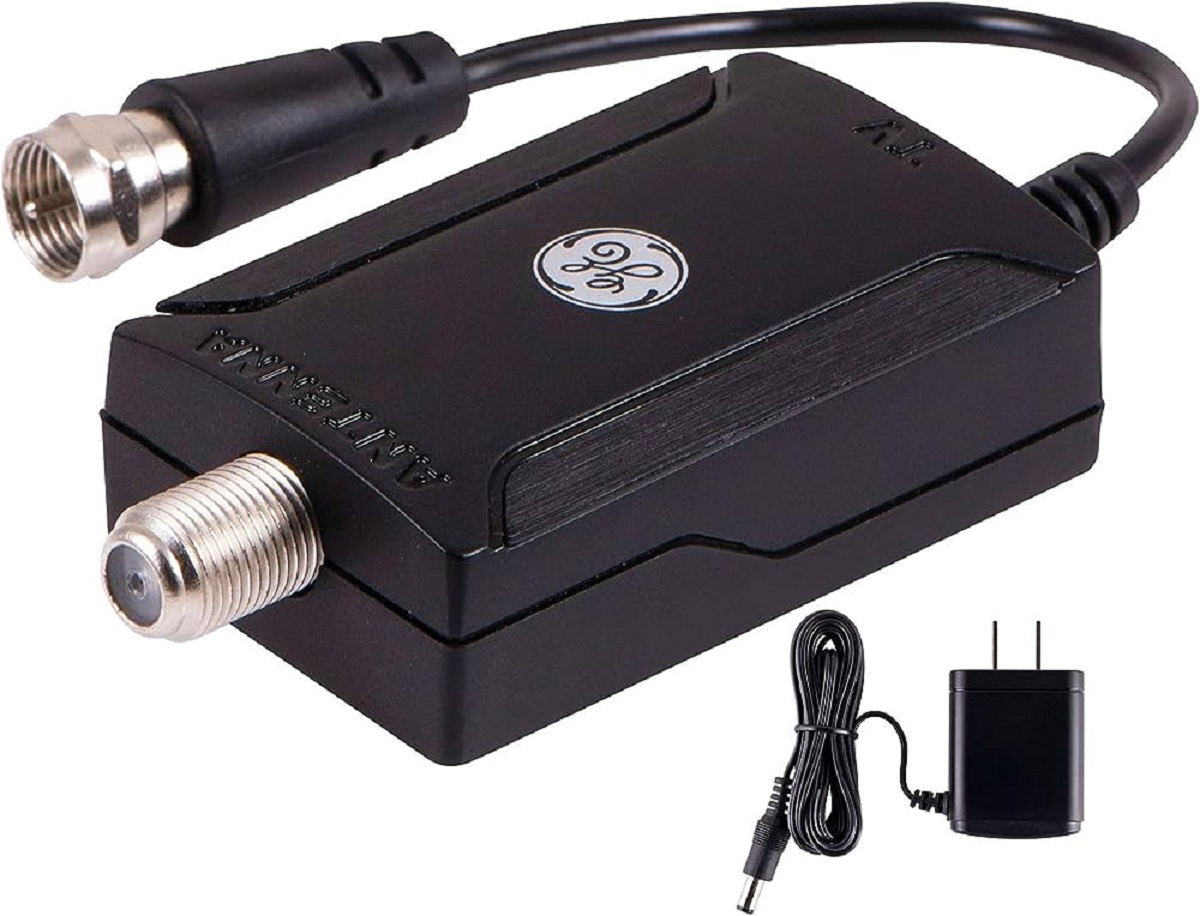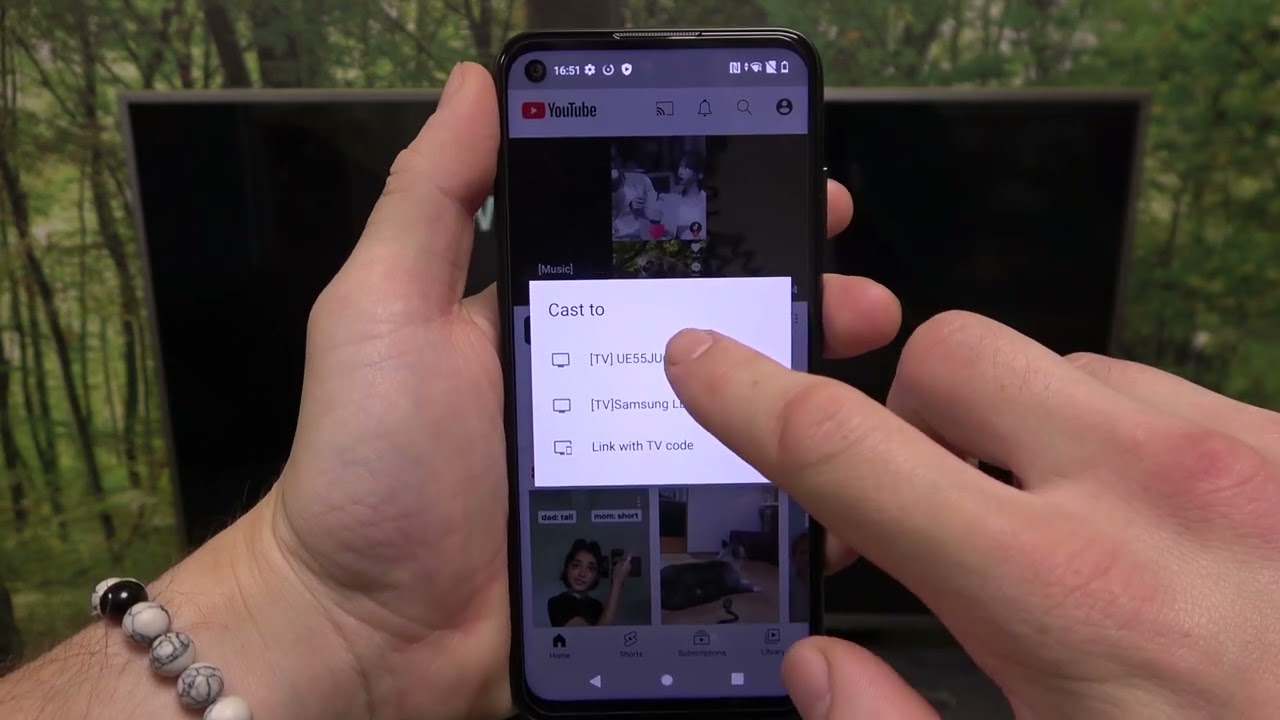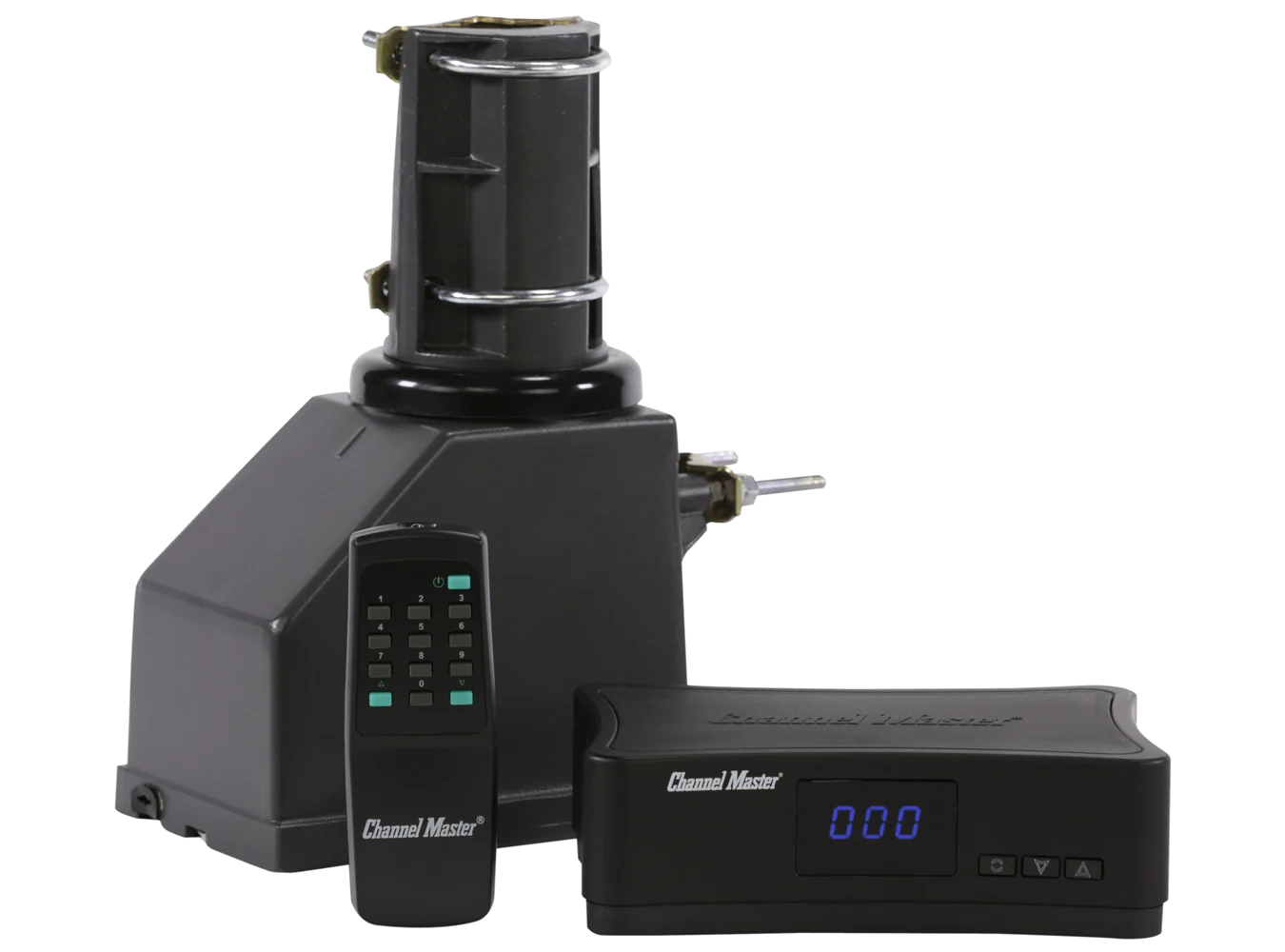Introduction
Connecting your phone to your TV opens up a world of possibilities, allowing you to enjoy your favorite content on a larger screen. Whether you want to stream videos, share photos, or play mobile games, selecting the right cable is crucial for a seamless and high-quality connection. In this guide, we'll explore the various types of cables available for connecting your phone to your TV, discuss the factors to consider when choosing a cable, compare different cable options, and provide tips for a successful connection.
The process of selecting the perfect cable for your phone to TV connection might seem daunting at first, especially with the multitude of options available in the market. However, with the right information and considerations, you can make an informed decision that suits your specific needs. Understanding the different types of cables, their capabilities, and the compatibility with your devices is essential in ensuring a smooth and reliable connection.
As we delve into the world of phone to TV connections, we'll unravel the intricacies of HDMI, USB-C, MHL, and other cable options, shedding light on their unique features and functionalities. Additionally, we'll explore the factors that should influence your cable selection, such as device compatibility, resolution and refresh rate support, audio transmission, and the overall user experience.
By the end of this guide, you'll be equipped with the knowledge to confidently choose the perfect cable for your phone to TV connection, enabling you to elevate your entertainment experience and seamlessly bridge the gap between your handheld device and the big screen. So, let's embark on this journey to master the art of connecting your phone to your TV with the ideal cable for your needs.
Understanding Different Types of Cables
When it comes to connecting your phone to your TV, various types of cables are available, each with its own set of features and functionalities. Understanding the differences between these cables is essential in making an informed decision based on your specific requirements.
HDMI Cables:
- HDMI (High-Definition Multimedia Interface) cables are widely used for connecting devices to TVs, offering high-definition audio and video transmission.
- These cables support high resolutions and refresh rates, making them ideal for streaming content from your phone to your TV with uncompromised quality.
- HDMI cables are compatible with a wide range of devices, including smartphones, tablets, and TVs, providing a versatile and reliable connection option.
USB-C Cables:
- USB-C cables are known for their versatility and are commonly used for charging and data transfer between devices.
- Some smartphones and laptops feature USB-C ports that support video output, allowing you to connect your phone to a TV with a USB-C to HDMI adapter or cable.
- While not all USB-C ports support video output, devices that do offer this capability provide a convenient and straightforward way to connect to a TV.
MHL (Mobile High-Definition Link) Cables:
- MHL cables are specifically designed for connecting mobile devices to external displays, including TVs and monitors.
- These cables support high-definition audio and video transmission, offering a seamless connection experience for streaming content from your phone to your TV.
- Some MHL cables also provide power to the connected device, ensuring uninterrupted playback without draining your phone’s battery.
By familiarizing yourself with the different types of cables available, you can assess their compatibility with your devices and the specific features they offer. This understanding will serve as a foundation for selecting the most suitable cable to meet your phone to TV connection needs, ensuring a seamless and enjoyable experience.
Factors to Consider When Selecting a Cable
Choosing the right cable for connecting your phone to your TV involves considering several important factors to ensure compatibility, performance, and overall user experience. By evaluating these key aspects, you can make an informed decision that aligns with your specific needs and preferences.
Device Compatibility:
- Before selecting a cable, it’s crucial to ensure that it is compatible with both your phone and your TV. Different devices may require specific types of connections, such as HDMI, USB-C, or MHL, so verifying compatibility is essential for a successful connection.
Resolution and Refresh Rate Support:
- If you intend to stream high-definition content from your phone to your TV, it’s important to choose a cable that supports the desired resolution and refresh rate. HDMI and MHL cables, for example, offer excellent support for high-quality video playback, ensuring a superior viewing experience.
Audio Transmission:
- Consider whether the cable supports audio transmission in addition to video. This is particularly important if you plan to stream movies, music videos, or other audiovisual content from your phone to your TV, as it enhances the overall entertainment experience.
User Experience:
- Assess the overall user experience provided by the cable, including factors such as ease of connection, stability of the signal, and compatibility with various apps and streaming services. A cable that offers a seamless and user-friendly experience contributes to a more enjoyable viewing and interaction with your content.
By taking these factors into account, you can narrow down the options and select a cable that best suits your specific requirements. Whether you prioritize high-definition video playback, seamless audio transmission, or user-friendly connectivity, evaluating these considerations will guide you towards choosing the perfect cable for your phone to TV connection.
Comparing Different Cable Options
When exploring the various cable options for connecting your phone to your TV, it’s essential to compare their features, capabilities, and compatibility to make an informed decision. Each type of cable offers unique advantages and considerations, catering to different user preferences and device requirements.
HDMI Cables:
- HDMI cables are renowned for their high-definition audio and video transmission, making them an ideal choice for streaming content from your phone to your TV with uncompromised quality.
- These cables support high resolutions and refresh rates, providing an immersive viewing experience for movies, videos, and gaming content.
- HDMI cables offer broad compatibility with a wide range of devices, including smartphones, tablets, and TVs, making them a versatile and widely adopted choice for phone to TV connections.
USB-C Cables:
- USB-C cables are valued for their versatility, serving as a common choice for charging, data transfer, and, in some cases, video output from smartphones and laptops to TVs.
- Devices equipped with USB-C ports that support video output offer a convenient and straightforward way to connect to a TV, providing flexibility for users who prioritize a single-cable solution.
MHL (Mobile High-Definition Link) Cables:
- MHL cables are specifically designed for connecting mobile devices to external displays, delivering high-definition audio and video transmission with added power supply capabilities for the connected device.
- These cables provide a seamless and reliable connection experience, catering to users who seek a dedicated solution for streaming content from their phones to their TVs without compromising on quality.
By comparing the different cable options, you can assess their suitability for your specific needs, such as high-definition content playback, ease of connectivity, and device compatibility. Understanding the distinct advantages offered by HDMI, USB-C, and MHL cables empowers you to make an informed choice that aligns with your preferences and enhances your phone to TV connection experience.
Tips for Connecting Phone to TV
Successfully connecting your phone to your TV involves more than just choosing the right cable; it requires attention to detail and an understanding of the connection process. By following these tips, you can ensure a smooth and reliable connection, allowing you to enjoy your favorite content on the big screen with ease.
Verify Device Compatibility:
Before purchasing a cable, ensure that it is compatible with both your phone and your TV. Some devices may require specific types of connections, so it’s essential to confirm compatibility to avoid potential issues during the connection process.
Check for Video Output Support:
If you’re using a USB-C cable for the connection, verify that your phone supports video output through the USB-C port. Not all devices offer this capability, so checking the specifications of your phone is crucial for a successful connection.
Choose the Right Cable Length:
Consider the distance between your phone and your TV when selecting a cable. Choosing an appropriate cable length ensures that you have flexibility in positioning your devices without straining the connection or causing inconvenience during use.
Ensure a Stable Power Supply:
For MHL cables that provide power to the connected device, ensure that your TV or an external power source can supply sufficient power. This prevents interruptions during playback and ensures that your phone remains charged throughout the viewing session.
Optimize Audio Settings:
If your content includes audio, ensure that the audio settings on your TV and phone are configured correctly to deliver the desired sound output. This includes adjusting volume levels, selecting the appropriate audio output source, and ensuring compatibility with the connected devices.
Secure and Protect the Cable:
Once the connection is established, secure the cable to prevent accidental disconnection or damage. Position the cable in a way that minimizes strain on the connectors and protects it from potential hazards, such as tripping or entanglement.
By following these tips, you can navigate the process of connecting your phone to your TV with confidence, ensuring a reliable and enjoyable experience. Whether you’re streaming videos, sharing photos, or engaging in mobile gaming, a successful phone to TV connection enhances your entertainment possibilities and brings your content to life on the big screen.
Conclusion
Mastering the art of connecting your phone to your TV with the perfect cable opens up a world of entertainment possibilities, allowing you to seamlessly bridge the gap between your handheld device and the big screen. By understanding the different types of cables available, considering essential factors for cable selection, comparing various cable options, and following practical tips for the connection process, you can elevate your viewing experience and enjoy your favorite content with enhanced clarity and convenience.
Whether you opt for the high-definition capabilities of HDMI cables, the versatility of USB-C connections, or the dedicated features of MHL cables, each option offers unique advantages to cater to your specific needs. Assessing device compatibility, resolution and refresh rate support, audio transmission, and the overall user experience empowers you to make an informed decision that aligns with your preferences and enhances your phone to TV connection experience.
As technology continues to evolve, the landscape of phone to TV connections expands, offering users a myriad of options to explore and leverage for their entertainment needs. By staying informed about the latest advancements in cable technology and understanding the capabilities of your devices, you can adapt to the changing connectivity standards and ensure a seamless transition from your phone to your TV.
With the right cable and a clear understanding of the connection process, you can effortlessly share your cherished memories, stream captivating content, and immerse yourself in the world of mobile entertainment on the expansive canvas of your TV screen. Embracing the possibilities of phone to TV connections enriches your viewing experience, bringing your digital world to life in a larger-than-life format that captivates and engages your senses.
So, as you embark on your journey to connect your phone to your TV, armed with the knowledge and insights gained from this guide, may your viewing experiences be enriched, your entertainment horizons expanded, and your moments of leisure elevated to new heights of enjoyment and connectivity.







